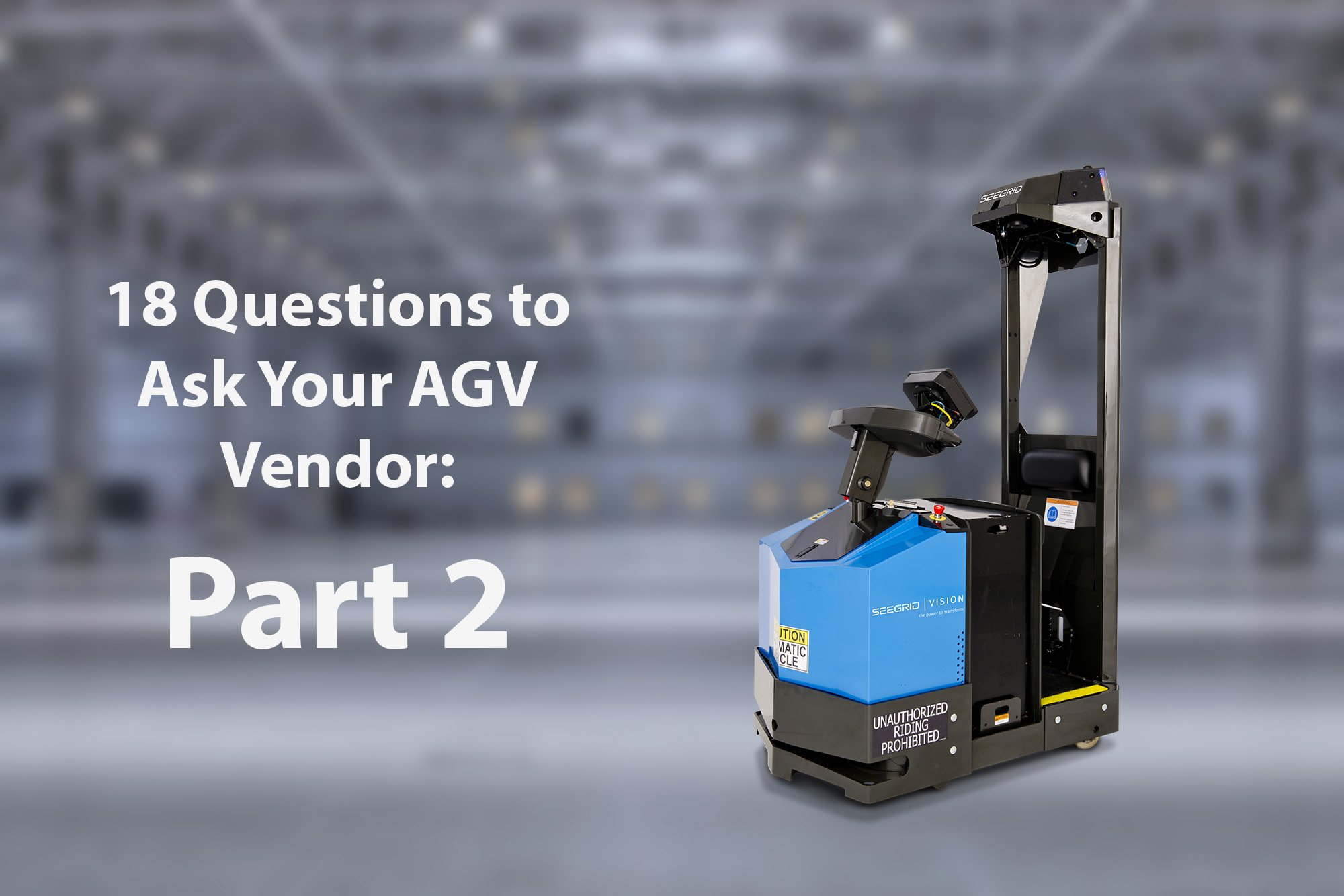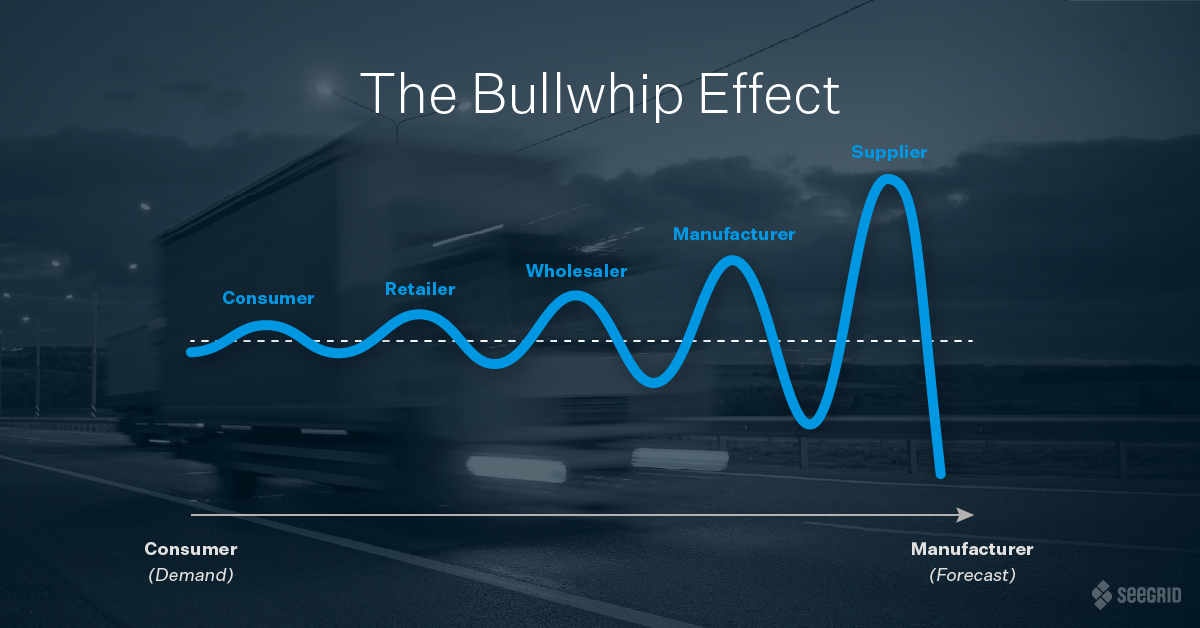Check out Part 1.
With so many AGV solutions on the market, it can be difficult to tell which AGV is right for your application and facility. Before investing in automation, ask your AGV vendor these important questions about install times, safety standards and the team you’ll be working with.
Does Your AGV Vendor...
Deliver robots that are infrastructure-free?
Many AGV vendors claim to be infrastructure-free, and most tout flexibility, but what do these buzzwords mean for the productivity of your facility? If you’re looking for an AGV solution that can be installed in your plant without interrupting the flow of production, you need a solution that is 100% flexible and infrastructure-free.
Traditional AGV vendors and other material transporters require wires, magnets or tape for their vehicles to navigate plant floors. These solutions require costly upfront installation of physical landmarks throughout your plant, which can disrupt production. Additionally, if you want to modify the route after the placement of these landmarks, most AGV vendors have to send a team of engineers to make the retrain the route. This process is costly, and can take days or even weeks, which risks downtime in your plant.
Lasers and geo-guidance solutions—favored by some newer AGV companies—use structural environments like walls, columns and racks to auto-locate. Because their recordings are based on 2D maps, laser-based AGVs often get “lost” when boxes are moved off racking, or if anything else changes between the vehicle’s initial training and when it embarks on its route. If your plant often moves product, people, or vehicles in or out of the AGV’s path, avoid a laser-based AGV solution.
Unlike traditional AGVs, Seegrid’s vision guided vehicles (VGVs) navigate the plant floor using 3D maps, built during route training using our patented Vision technology. Your team is able to train new routes in-house, without consulting CAD drawings or calling in engineers. The VGV can navigate its new route in a matter of minutes to hours, meaning no downtime or lost productivity when your company experiences workflow or business needs.
Create and influence AGV safety standards?
Because AGVs must navigate plant floors already busy with humans and other forklifts, AGV companies are required to follow a strict set of safety standards. It’s important to partner with an AGV vendor that not only complies with industry standards, but is actually setting the standards for the rest of the AGV industry.
At Seegrid, we rely on the expertise of CTO Mitchell Weiss, a member of the ANSI B56 Standards Committee and Vice Chair of ASTM F45 Driverless Automatic Guided Industrial Vehicles, two globally recognized leaders in the development of safety standards for AGVs. Mitchell’s extensive knowledge of AGV safety standards is invaluable to our team. Be sure to partner with an AGV vendor that has a full understanding of industry-wide performance standards and recommended best practices for AGVs.
Commit to a prompt vehicle delivery?
Installation of traditional AGV systems (lasers, wires, tape, etc.) require time to find a solution, engineer that solution, and build the solution. When all this custom work is said and done, it can take months and even years between the sale and actual vehicle delivery. Even some infrastructure-free solutions require extensive backend work before vehicle delivery is possible.
If you’re considering an AGV vendor that is headquartered in Europe or elsewhere, consider that international companies often do not have the appropriate infrastructure to fully support your operation. This means you can expect extended time periods for simple services to your AGVs post-install. Make sure that your AGV vendor has an expert Service team in the U.S. that can help you quickly fix issues and prevent any downtime.
Install vehicles quickly and efficiently?
Because AGV vendors offer a variety of solutions, the installation process differs greatly between AGV companies. If you’re looking for a quick ROI, consider that an infrastructure-based solution requires an extensive install period upfront as landmarks are placed and many tests are run to ensure the vehicle can recognize them. Long lead and installation time delays the ROI you’ll see on your AGV investment.
Honed over years of experience, Seegrid’s installation process is quick, thorough, and efficient. Our Customer Success team ensures a smooth installation and our training department provides the customer with the training tools needed to manage their fleet of VGVs. Thanks to our WalkThruThenWork™ and RideThruThenWork™ technology, your fleet of VGVs can be trained and put to work in a matter of minutes—not months—so you can realize ROI faster.
Provide a personalized customer success team?
Based on Seegrid’s extensive experience implementing VGVs in new facilities, we recognize that a quick and efficient post-sale process is key to the customer’s overall success. That’s why we have a provide a personalized Customer Success Manager (CSM) to provide critical project management throughout the implementation of your fleet of VGVs. To ensure the smoothest possible transition into using your new vehicle, ask your AGV vendor if they provide a personal customer success team. Our CSMs provide on-site oversight during install and continuous support post-install. We realize the value in having a dedicated team providing expertise and support from start to finish, so we provide this team of experts free of charge.






